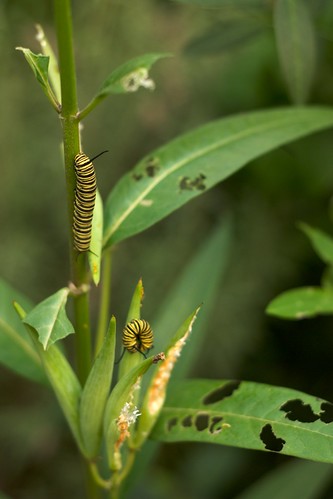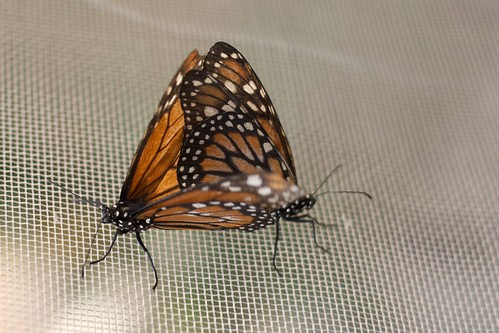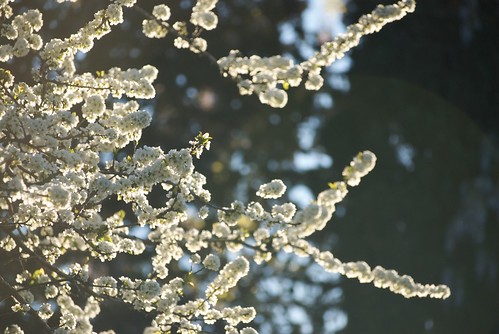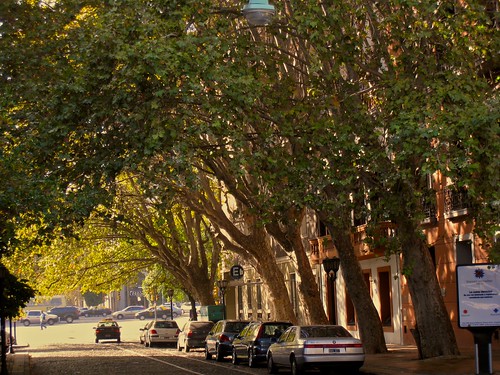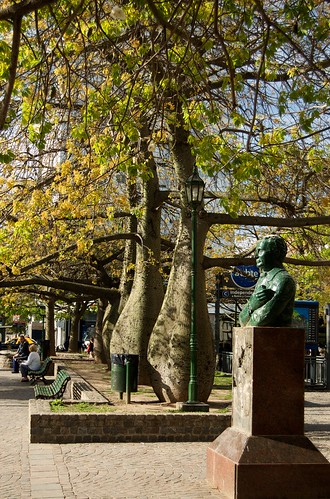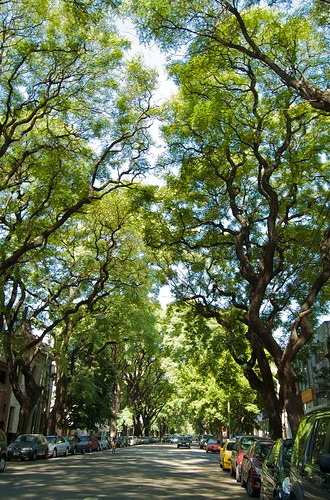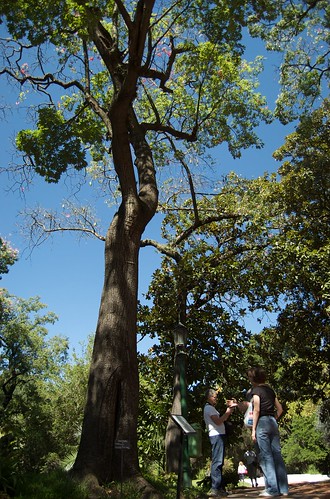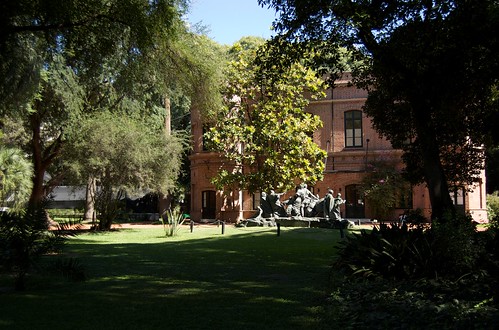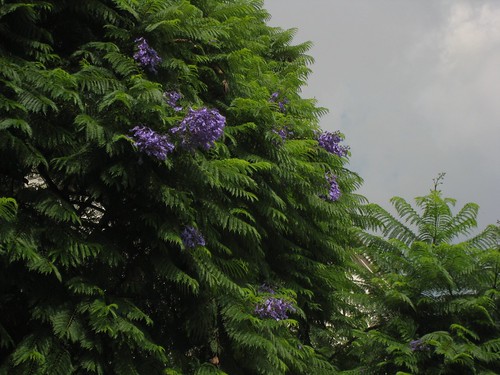
When I started this blog, I had no idea who the readership would be. I still don't really (thank you very much for reading!!), but one frequent commenter was Dave. He left very detailed comments, often correcting, gently, my ignorance about the flora of Buenos Aires. He really knew his stuff. We started an email correspondence and it turned out that he lived here in Buenos Aires part of the year. We made tentative plans to meet up in August of 2009, but the stars never aligned and unfortunately we didn't meet in person for our drink, but it was okay because we would just meet the next time he was in town. This will never come to pass. I just found out that he died in December in his West Palm Beach home in Florida. He sent me some incredible shots of Ficus trees and their root systems from Florida. We got into various discussions and he pushed me to see and write up the Carlos Thays exhibit. I'm really glad I went, I wish I'd written everything up sooner. I really regret not having had the chance to meet him in person, but I am very happy that we connected about a passion we share. I want to take the time now to suggest to myself and to everyone: carpe diem!


